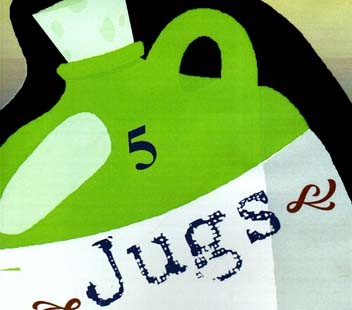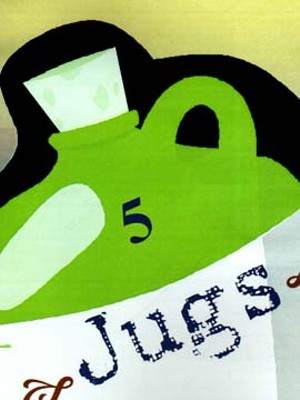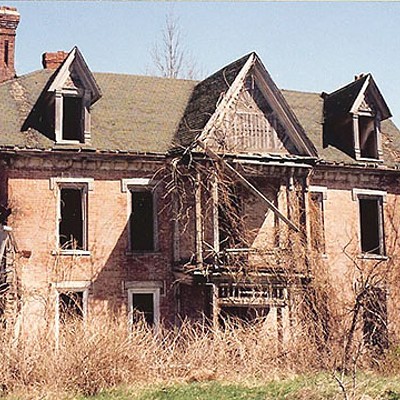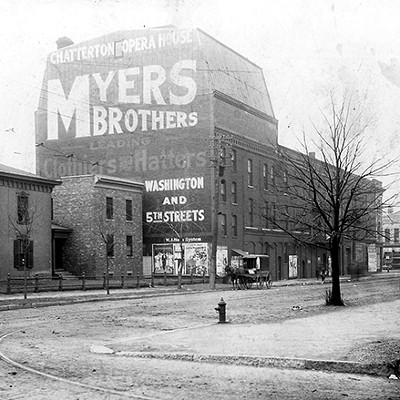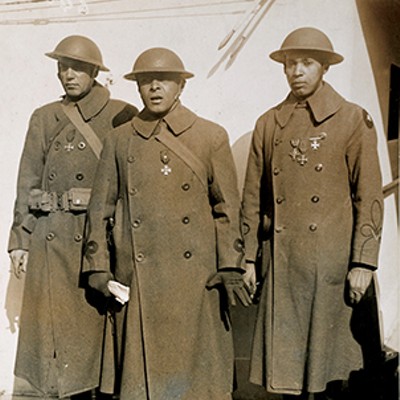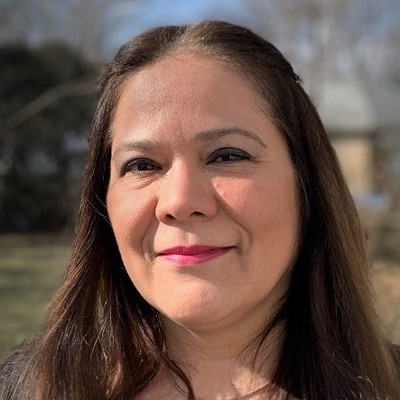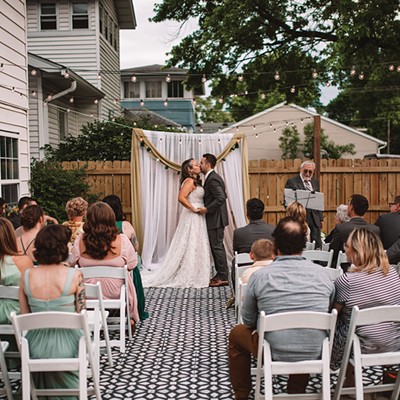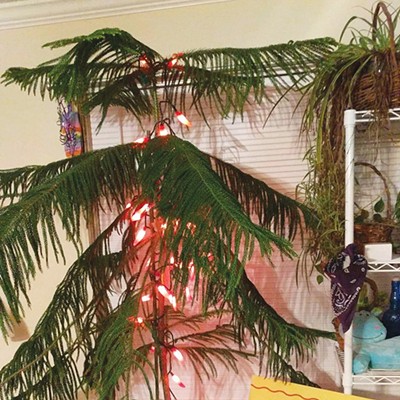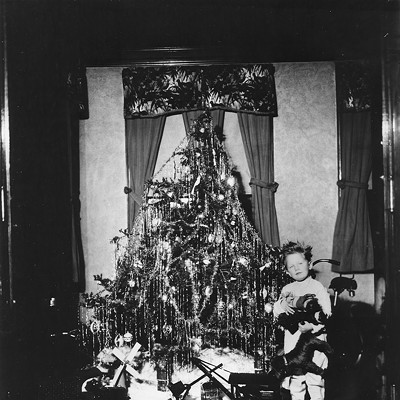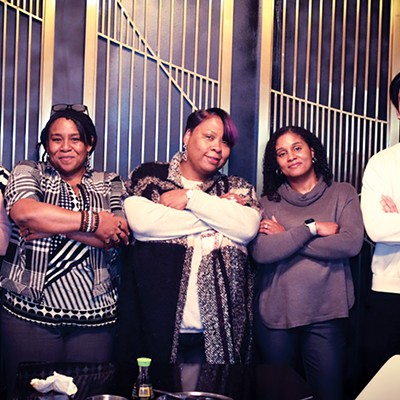We may be the land of Lincoln and prairies, but at one time we were the land of pottery, too. Greene County is celebrating that fact during its Greene County Days next weekend.
Illinois was a major player in the country’s ceramic industry, according to archaeologist Floyd Mansberger with Springfield’s Fever River Research. (His article, “Nineteenth Century Pottery Production in Illinois,” is on his company’s website.) Our vast supply of underground clay proved perfect for making kitchen items like jars and jugs and industrial parts like sewer tiles.
The first potters came to the state in the 1810s and 1820s, he wrote. Most were farmers who made pottery on the side, but as demand grew, potters began to specialize.
During the 1800s, there were more than 400 potteries in Illinois, according to Gregory Vogel, assistant professor of anthropology at Southern Illinois University Edwardsville. Chicago had the most, but the little towns of Ripley and White Hall weren’t far behind. Between 1825 and 1948 White Hall, about 64 miles southwest of Springfield, had 39 commercial potteries. For a while, ceramics was one of the town’s top industries.
A former Springfield man was partly to thank for that. John Neff Ebey came to Springfield about 1826 and established a pottery near the downtown square, according to a memoir written by his granddaughter, Mrs. A. F. Worchester (on the Collectors of Illinois Pottery and Stoneware website). He tried clay from various parts of the state to find the best for his wares. White Hall’s was it. “One of my earliest recollections of grandfather was his twirling and rolling a small lump of clay. He loved the cool blue white substance,” his granddaughter wrote.
Neff was likely the first potter to advertise stoneware in Illinois, according to the Illinois Valley Cultural Heritage Association’s Greene County Day’s guidebook, titled “Jugs.” He put an ad in Springfield’s paper, the Sangamo Journal, offering his goods “in exchange for clean cotton and linen rags” or “country produce.”
He loved the White Hall clay so much he moved there and set up shop, one of the first in town. During Ebey’s time clay was ground before it reached the potter‘s hands. In the “clay grinding room,” big blobs of it were placed on a “grinder” driven by a horse, according to his granddaughter. Then “the blue white clay was made into balls by the ball makers, usually young boys. The balls were proportion(ed) into various amounts from quart size to 10-gallon size jugs and jars. Placed on a rotating wheel, the turner with the rib and sponge, with which to manipulate (the clay), soon brought the lump up, shaping it gracefully into the intended vessel.” (Like most potters, Ebey’s shop made jugs for beverages, but his granddaughter wrote that, unlike others, Ebey wouldn’t sell them to saloon keepers. One of his descendants, who also became a potter, followed suit and even put the words “Prohibition Forever“ on his goods.)
Potters made water jars, butter churners, crocks and jugs of various sizes, pitchers, bowls, decorative objects, and much more. Some pottery made in White Hall is considered highly collectible today and can sell for several hundred dollars per piece.
The later pottery companies in White Hall built factories and used steam power to manufacture their goods. One was established by Ebey’s son, Charles, who later sold it to A. D. Ruckel. (Ruckel pottery is well known among collectors.) At one time Ruckel’s White Hall Pottery Works shipped 300 railway cars full of pottery annually, according to the Greene County Days’ guidebook.
Each year Greene County celebrates its heritage during Greene County Days, which will be held this weekend, Sept. 10, 11 and 12. It features a “Quilted Trail,” a self-guided driving tour of historic barns and buildings throughout the county. This year the trail includes a display of locally made historic and rare stoneware at the Greene County Historical Society located in the Lee-Baker-Hodges House Museum in Carrollton.
Other events will be held throughout the weekend in Roodhouse, Eldred, Haypress, White Hall, Gregory Farm and Carrollton.
Information booths are located in White Hall and Carrollton; they will sell the guidebook which lists times and locations of events, as well as the histories and directions to the Quilted Trail buildings and former White Hall potteries. Information booths are open in White Hall on Sept. 11 from 9 a.m. to 4 p.m. and in Carrollton on Sept. 11 and 12 from 9 a.m. to 4 p.m.
Contact Tara McClellan McAndrew at [email protected].

